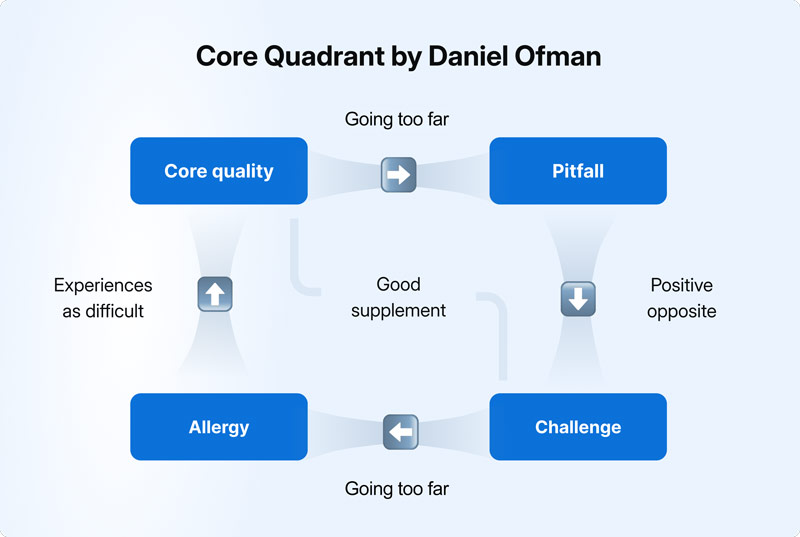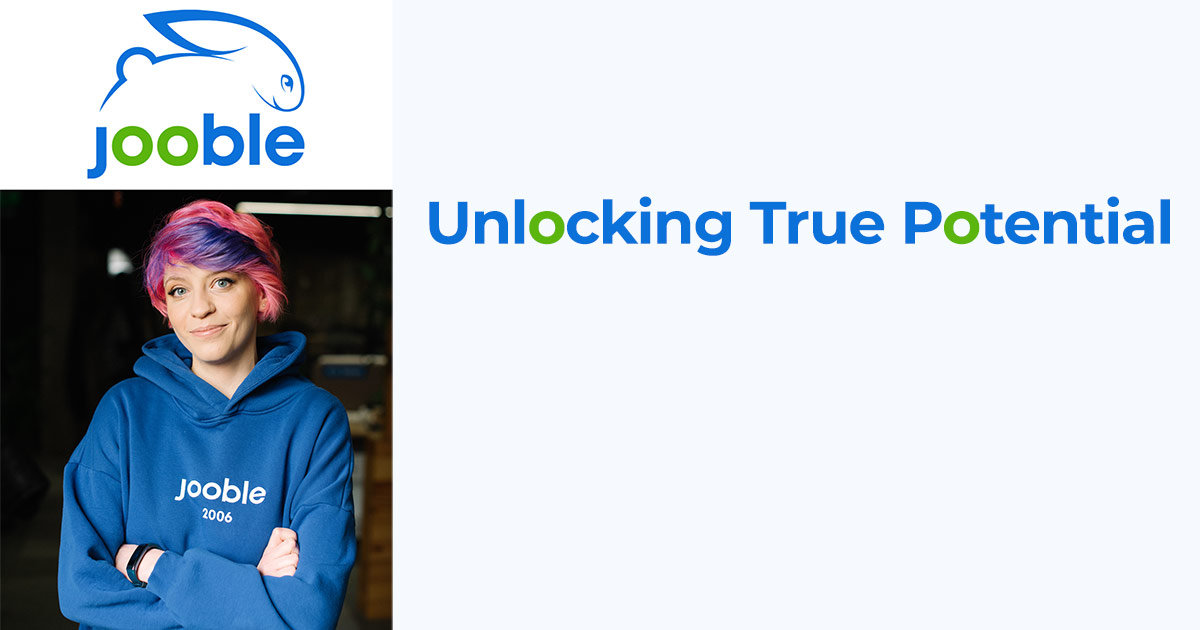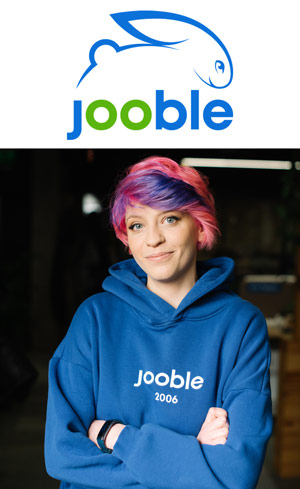Unlocking True Potential: Why Hiring for People, Not Just Skills, Leads to Innovation
Anastasiia Khyzhniak, Talent Enablement Director, Jooble
For a while, there has been a conversation about employees bringing "all of themselves to work" and not wearing corporate masks. It's believed that this way of working helps to boost connection, build better teams, create more empathy and understanding of one another, and stimulate creativity and risk-taking in teams. Working in an environment where you can be yourself, make mistakes, healthily express your emotions, have fun and sometimes be a bit goofy (if it's in the company's culture) sounds nice, right? And of all this, while bringing your expertise and experience, solving complex tasks and creating value for your team, company and clients.
Hiring people for their skills to cover particular needs might work in a very predictable and linear world. You know precisely the type of tasks you have and can predict when and how they will change. Then you play a workforce puzzle: I have a hole in my organisation and need an element that would fit in for me as an organisational leader to feel safer. I envy companies and leaders who have the luxury to work this way – the certainty and predictability of this existence. The last few years have thrown one curveball after another at the organisation, demanding that we adapt and continuously look for new approaches. We need people who can do the same and are willing to step in and strategise alongside the business leaders. But how can hiring skills be kept rather than people loyal and passionate about their work?
So, people or their skills?
It sounds almost ideal – let's shift hiring to looking at people instead of their skills. There is a caveat, however. People come with their weaknesses and fears, triggers and emotional baggage. You should be ready to accept that as well. Only then will you be able to fully integrate people into your organisation and allow them to bring everything that rests on the intersection of their professional skills, personal interests and inspirations. I believe one can get creative solutions to work-related problems from almost any source: reading about entirely different spheres and domains, interacting with non-professional communities or even studying artists and their work. It would help if you created a safe and accepting place in your organisations to harness these secret powers of your employees.
Many companies I know are already making steps towards a more holistic and humane outlook on their employees. Quite a few already adapted their recruitment process with behavioural questions or values-based approaches that help to determine whether a specific person matches a culture and would thrive in that environment. As a leader, I prioritise understanding whether a person could go a long way with the Jooble team over their immediate skills: grow and develop, thrive in our company's environment and live with our collective weaknesses.
Reflect on the best sides of your company's culture.
For that to happen in your company, you first need to admit that the company and approaches might be flawed, though they might be fantastic and really fun. You must reflect honestly on the best sides of your culture and what your blind spots could be when your strengths become common weaknesses. You can use Danial Ofman's Core Quadrant Model as one of the ways to do that.

Let's imagine that your company's strength is transparency. Too much transparency might be insensitive and mean you share even delicate information. Then, your challenge or what should balance your core strength is considering the context and the type of information.
It means that being too careful and scared to share any information because it can offend someone is an allergy to your culture. The exciting thing about this framework is that it's very context sensitive. You can start with transparency as your core strength but come to different pitfalls, challenges, and allergies, so think about your organisation specifically.
What should be the next steps?
As a next step, ask yourself about your company's pace, decision-making process, how much freedom and support you give people, your communication style, etc. Would you trust a newcomer from the start, or do they need to earn your trust with successful cases and ideas?
Then, assess if you can accept all the answers you've got with this process or want to change something. Remember, it's impossible to get to the perfect culture. All strengths can become weaknesses if used without moderation. So, all of your wonderful cultural traits will have drawbacks, and you need to learn to accept and balance them.
Answering these questions will help you sketch your candidate's profile from a more personal perspective, not just their skillset and experience needed to solve your current tasks. All of the traits you're looking for could be transformed into interview questions, like:
- Describe transparency in an organisation setting. What would be too much for you?
- What's the comfortable pace of working for you?
- What group decision-making approaches get under your skin?
- What does positive reinforcement look like for you?
- What's an acceptable approach to critical feedback for you? What wouldn't work?
- Are you more comfortable working autonomously or in a team? On which tasks do you prefer to work alone?
- How much guidance and support do you need while facing an unknown challenge?
Those questions should reflect your company profile and include things that need changing. While writing them, you should also think of answers that would be difficult or even excruciating for a person to work in your team. Or the ones that would also make it difficult but would help foster the change with your support. It is just one of the examples of how you can go beyond more traditional recruitment practices to see a person behind a candidate.
Instead of the conclusion
The main idea here is to see how personal traits, for example, of your founders and leaders, shape your culture and processes and that bringing an even more humane approach into the mix can make it richer and bring more innovation into your company.
This is a guest post from TAtech Member Jooble, written by Anastasiia Khyzhniak


